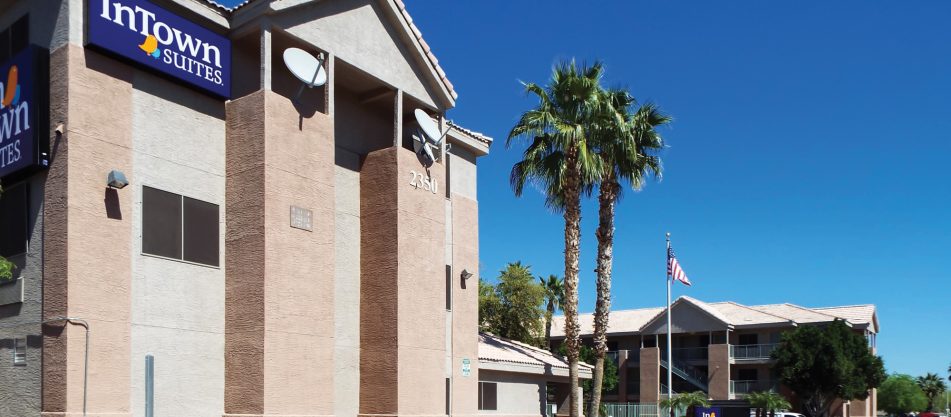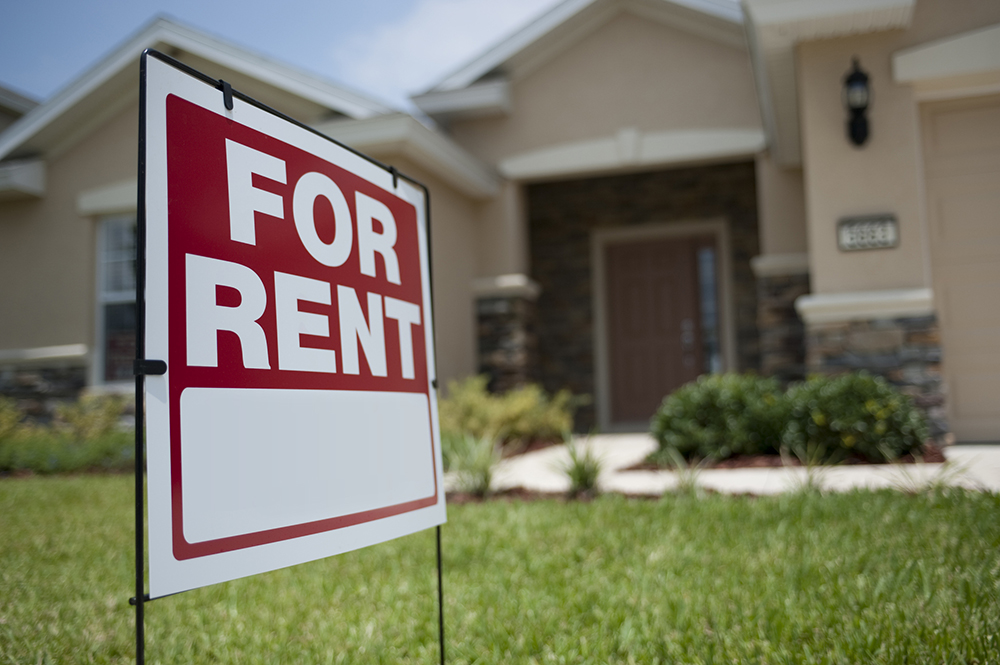NEW YORK — At the second annual Serviced Apartment Summit Americas event, hosted April 11 at the New York Marriott Downtown, the topic of “relevance” was on the tip of every tongue. Serviced apartments have found themselves thrust into the limelight after languishing on the fringes of traveler interest for years, but the recent success of alternative lodging has piqued traveler interest like never before. Today, these lodging options find themselves shoulder to shoulder with hotels, and are even eyeing the same competitors.
Piers Morgan, CEO of International Hospitality Media and host of the event, kicked off the day discussing the speed at which the industry is evolving. “When the speed of change outside an organization is faster than the speed of change within that organization, that creates irrelevance,” Morgan said. “Relevance is perhaps a choice these days.”
Building on that, here are our three biggest takeaways from yesterday’s event:

1. Extended Stay is Growing Strong
According to Alison Hoyt, director, consulting and analytics at STR, extended stay hotel inventory consists of 415,000 guestrooms, accounting for 8 percent of the hotel industry in the U.S. The segment also pulled in 75 percent occupancy, and achieved average daily rates of $101 and revenue per available room of $76 in 2016.
In her report to attendees, Hoyt said the entire hospitality industry is suffering from slightly lower occupancies due to excess supply, but the extended-stay segment’s occupancy decline was decidedly mild, close to 0 percent.
“Occupancy remains consistent in the segment over the past five years, peaking in 2014 at 76.2 percent,” Hoyt said. “New supply is a concern right now in New York, which has 15,534 rooms under construction. If all of those opened tomorrow, there would be a 13-percent increase in the city’s supply.”
In a later panel, Jon Pertchik, CEO of InTown Suites, said increased supply and an ever-growing list of brands throughout the industry is bad news for hotels as guests struggle to find the property that speaks to them—but the extended-stay segment remains slightly sheltered from this.
“It’s more difficult now because of the proliferation of so many brands, but in extended stay it’s not much of an issue,” Pertchick said. “There are only a few ‘sophisticated’ choices for guests; it’s not a crowded space.”
George Westwell, director at Cheval Residences, said despite these protections there is no time for the segment to relax. “Right now is about moving faster than the rest of the world,” he said. “It’s always a rearguard battle, always about being a disruptor.”

2. Serviced Apartments/Extended Stay Properties Must Hustle for Loyalty
The standard length of stay for an extended stay hotel is four to six nights, but many extended stay or serviced apartment properties commonly pick up guests for 30 nights or more. This is great news for rates and operations—it’s amazing what a hotel can get done when it’s not hunting for the next transient guest—but it’s actually bad for loyalty.
According to Sean Worker, CEO and president of BridgeStreet Global Hospitality, loyalty programs remain surprisingly effective when it comes to generating bookings. “Having lived inside the big brands, don’t write [loyalty programs] off,” he said. “There is so much share out there, and Marriott with Starwood covers a chunk of the transactional business right now.”
While loyalty programs are common throughout all aspects of the industry, including extended stay, the segment is a different beast when it comes to guest interactions. Guests at extended stay properties and apartments tend not to hang around the property’s public areas, opting to either remain in their room or leave the property for business or social interactions. For this reason it can be tough to forge relationships between the property and guests, as fewer touchpoints form naturally.
“J.D. Power shows overall loyalty scores go up 20 points if a guest meets the general manager of a property,” Adrian Kurre, global head of Home2 Suites by Hilton and Homewood Suites by Hilton, said during a panel titled "The investment case for extended stay."
“There is a benefit here for extended stay: 80 percent of guests in the segment eat breakfast in the hotel, and 40 percent join our properties at their general manager’s reception,” he said. “The GMs get to introduce themselves, and that score goes up. You can then generate higher loyalty, and that means higher rates.”
Because an extended stay guest’s stay is so much longer than normal, there is a lot of extra time for something to go wrong on property and impact a stay. However, Michael Wohl, VP of operations for Sonesta ES Suites at Sonesta Hotels, said forging relationships between the property and guests early on can help mitigate these kinds of concerns.
“If we find better ways to become better operators and earn those scores, great,” Wohl said. “But if things go wrong in the hotel and guests like the GM, and they’ve been there long enough to see more good than bad, that property will get a good score. The relationship between guests and staff is critical.”

3. Despite Revelations, Airbnb’s Data Remains Mysterious
During an investigation of the short term rental market, Scott Shatford, CEO of short term rental data tracker Airdna, said the company managed to grow 70 percent in 2016, and added 117 percent total supply growth.
Most importantly, demand for this segment of travel is up 121.5 percent, due to a variety of factors. Shatford said the short term rental market is growing slowest in San Francisco and New York due to those markets’ early adoption of the Airbnb service as well as subsequent regulation, but Shatford said regulation is unlikely to curtail the growth of Airbnb, or control demand in this sector of lodging, particularly due to the growth of “professional hosts” within Airbnb’s umbrella. These hosts operate more than one property, and are often business-savvy and able to sidestep regulation with the same skill as other large corporations.
“There are always way to obfuscate information,” Shatford said. “These hosts can hide their names, real address, who their companies are and more, so it’s always possible for a slick businessperson to come in and find their way around regulation. It’s hard to see regulation ever stopping this, and if Airbnb ever steps away someone else will do it because there is demand from the traveler.”
Furthermore, Airbnb is getting into the loyalty game by partnering with tertiary programs. American Express, select airlines and more can help travelers earn points through Airbnb, and in some cases this may be enough to win guests over.
A later panel looked into the top and bottom markets for short term rental growth, separating them by destinations and urban markets. The top vacation rental destination markets included Destin, Fla.; Corpus Christi, Teaxs; Clearwater Beach, Fla.; and Palm Springs, Calif. Meanwhile, the top urban markets consisted of Nashville, Denver, Atlanta, Dallas and Austin.
Conversely, the bottom destinations consisted of Sun Valley, Ind.; Telluride, Colo.; Nantucket; Martha’s Vinyard; and Stowe, Vt. The bottom urban markets were Palo Alto, Calif.; San Francisco; Santa Fe; Wichita, Kan.; and New York City.
“Year-round demand is ideal for short-term rental destinations and investments, while a harsh regulatory environment in impact rental ROI,” said Andrew McConnell, CEO of rented.com. “San Francisco, for example, has no new laws. But a new city attorney signed on and said, based on how he reads the law, short term rentals are illegal.”
One thing is certain: regulation has no effect on demand. “New York City has scare regulations, high real estate prices and high competition, but if you have a properly zoned, legal short term rental there it’s a gold mine,” McConnell said. “There are more than 30,000 rentals there. The demand is obvious.”
